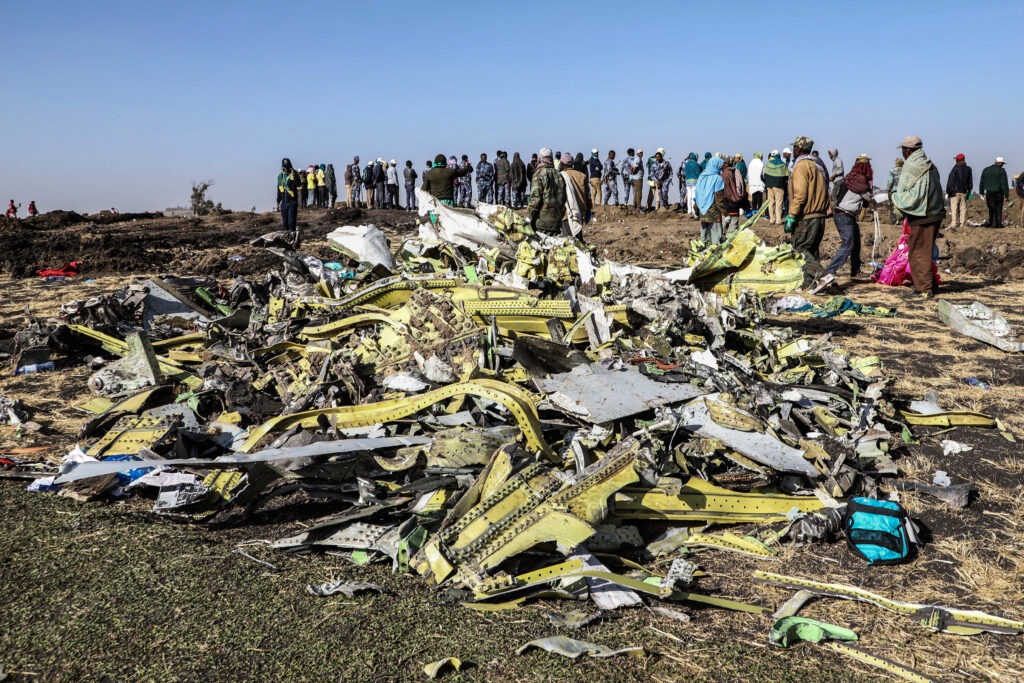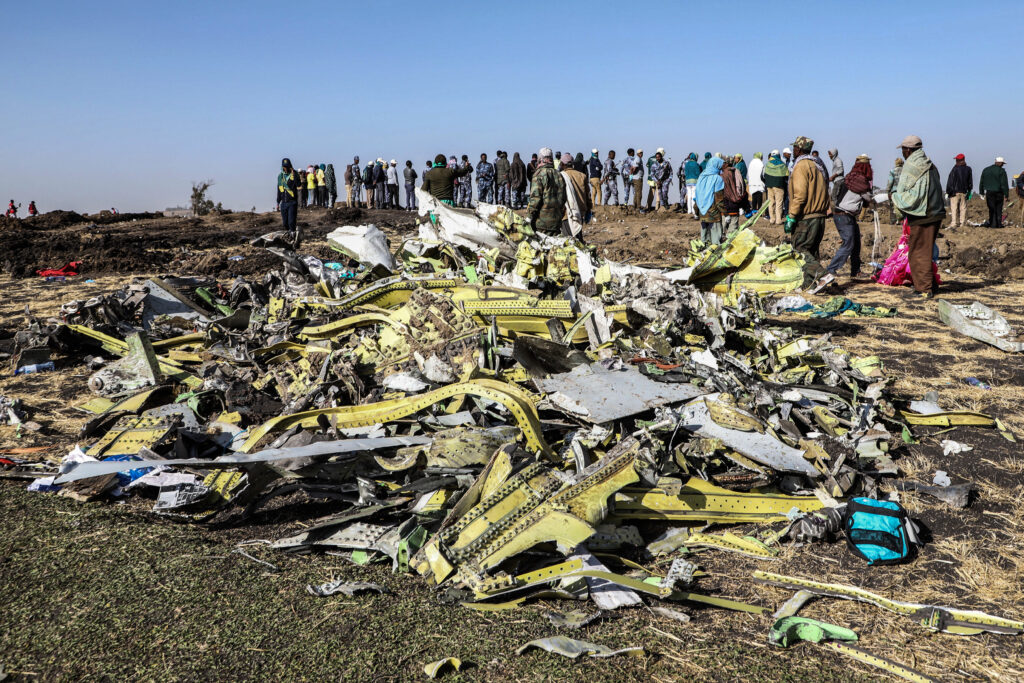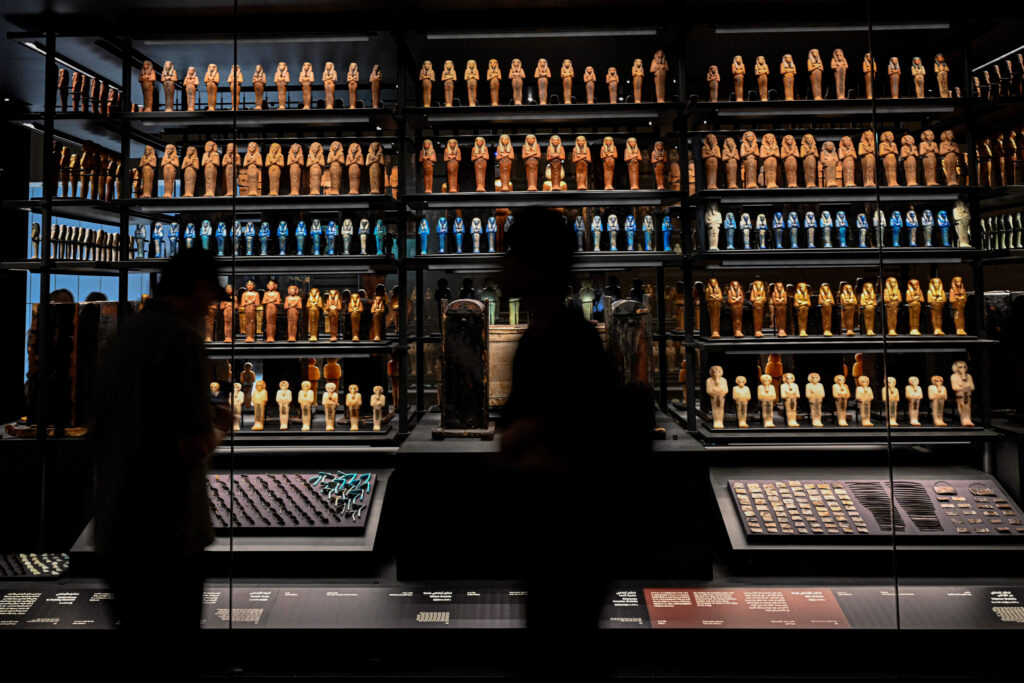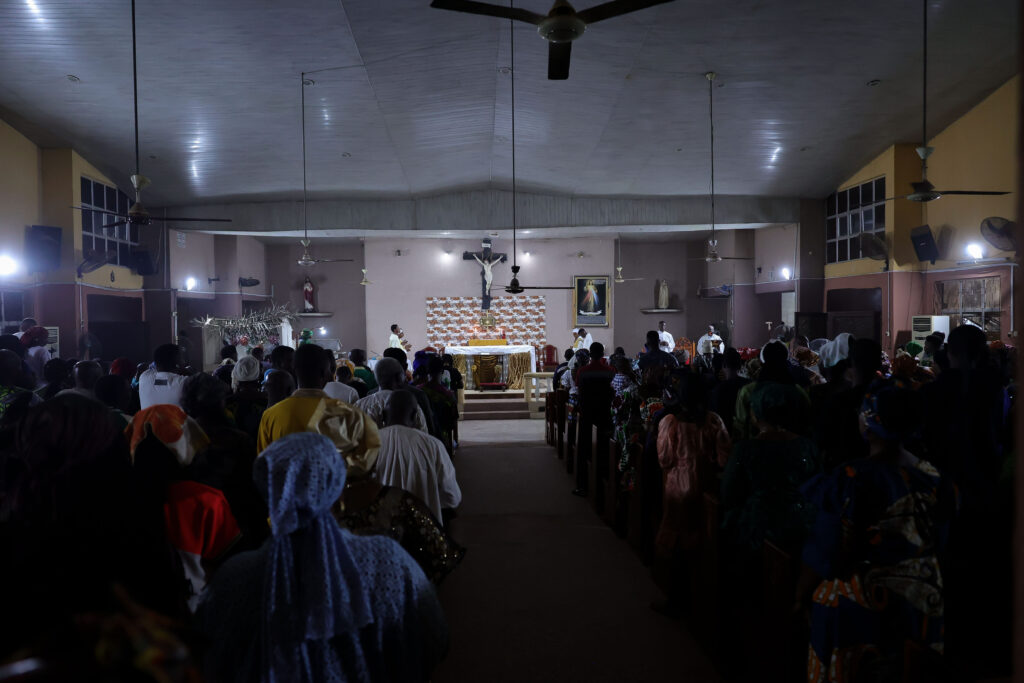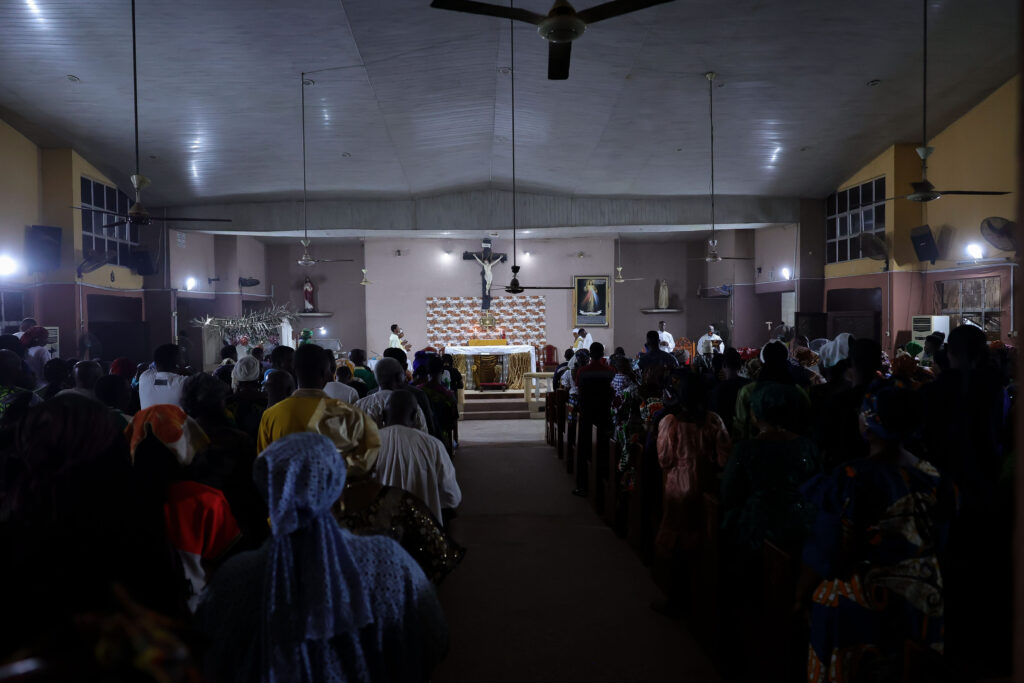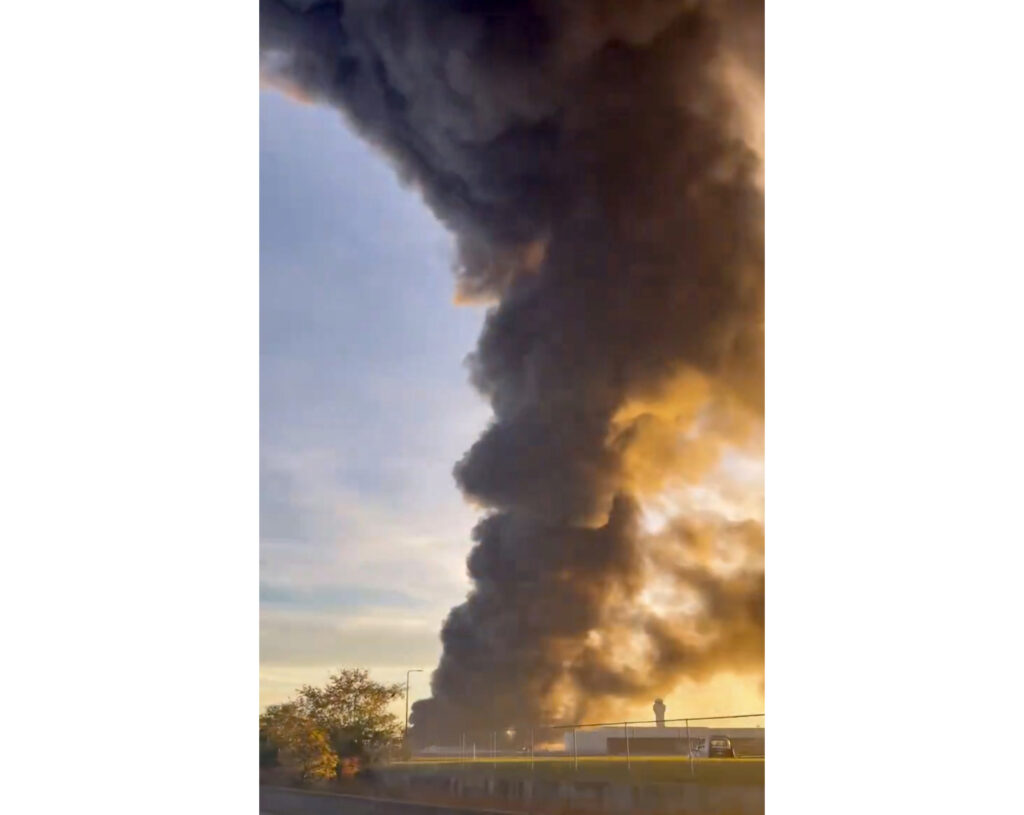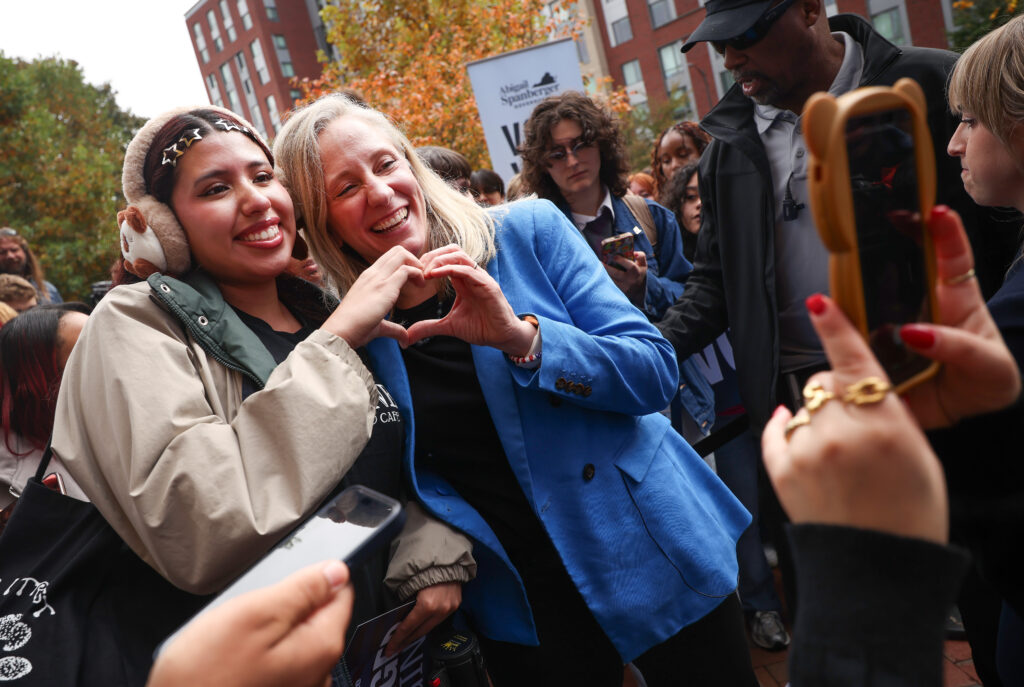Jury selected in US trial against Boeing over 737 MAX crash
Opening arguments will begin in Chicago on Wednesday in the first civil trial against US aviation giant Boeing over the 2019 crash of an Ethiopian Airlines 737 MAX aircraft, which killed 157 people, after a full day of jury selection. Five women and three men will serve on the jury in the proceedings, which got underway Monday at a federal court. The jury will rule on the suits filed by family members of 155 victims between April 2019 and March 2021, alleging wrongful death and negligence, among other claims.On four prior occasions, attorneys reached last-minute settlements that averted a trial, and an out-of-court settlement remains possible even during the trial. Each side will have 90 minutes on Wednesday to present its case. Judge Jorge Alonso, who is overseeing all civil claims tied to the accident, allowed lawyers on Tuesday to participate in the process, Robert Clifford, lead counsel for one of the plaintiffs, told AFP. “I think his goal was to get as unbiased a jury as he could obtain,” he said. “Even if he asked a lot more questions than maybe would be normal… it wouldn’t have surprised me that a case as complex as this could easily have taken two days to select a jury.”- ‘Battle lines are drawn’ -Lawyers for Boeing and the families of victims of the fatal crash were originally expecting to give opening statements on Tuesday, but those were pushed to the next day because it took six hours to finish jury selection.As many as 50 potential jurors packed the courtroom on the 19th floor of the Dirksen Federal Courthouse on Tuesday, while the public filled the pews on the other side.With the jury selected, it is less likely that the two parties will settle the case, Clifford said, adding that the plaintiffs have not talked with the defendants about settling.”The battle lines are drawn and there’s no active negotiations going on,” the lawyer said.The eight-person jury that was picked will be hearing the case concerning the March 10, 2019, Ethiopian Airlines flight that went down six minutes after departing Addis Ababa for Nairobi, killing all on board.The two principal plaintiffs in the trial are the families of Shikha Garg of New Delhi and Mercy Ndivo of Kenya.Garg had been a consultant for the United Nations Development Program who had been traveling to Nairobi for a UN Environment Assembly.She had gotten married three months earlier and had planned to travel with her husband, who canceled his flight at the last minute because of a professional meeting. Garg had attended the landmark 2015 UN climate talks in Paris.Ndivo and her husband, who also died in the crash, were parents of a girl who is now almost eight years old. She was returning from London, having attended a graduation ceremony after earning a Masters in Accountancy.Boeing has said it is “deeply sorry” for the Ethiopian Airlines crash and for a separate MAX crash on Lion Air that killed 189 people on a domestic flight in Indonesia in 2018.The American manufacturer has also stressed its commitment to settling cases when possible.The firm has “accepted responsibility for the MAX crashes publicly and in civil litigation because the design of the MCAS… contributed to these events,” a Boeing lawyer said last October.The MCAS (Maneuvering Characteristics Augmentation System) flight stabilizing software was implicated in both the Ethiopian Airlines and Lion Air crashes.Boeing also faced dozens of complaints from Lion Air family victims. Just one case remains open.
